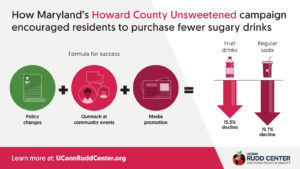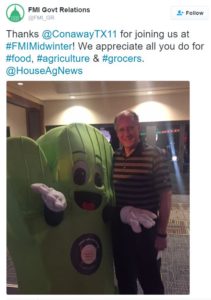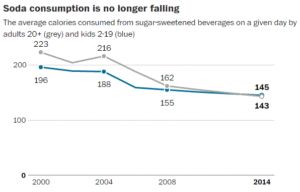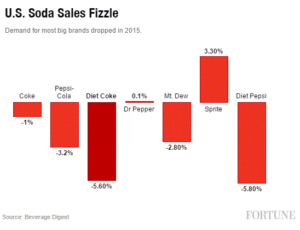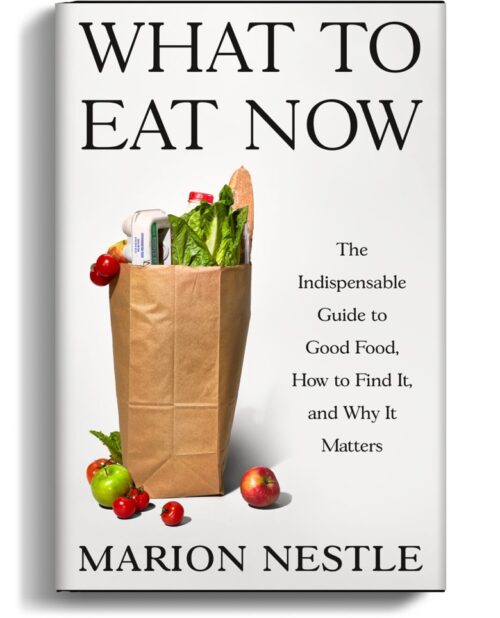Canadian report on soda taxes
A group of Canadian health organizations has issued a report on the health and economic impacts of sugary drink consumption, based on research they commissioned..
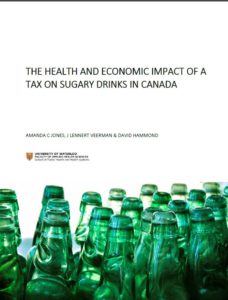
The research predicts dire effects if sugary drink consumption is not curtailed—more than $50 billion in health care costs over the next 25 years.
The report says that Canadians purchased an average of 444 ml of sugary drinks per day in 2015, well over the recommended sugar maximum of no more than 10% of total daily calories.
Sales of classic Coke and Pepsi are down, but look what is happening with other sugary beverages:
- Energy drinks +638%
- Sweetened coffees +579%
- Flavoured water +527%
- Drinkable yogurt +283%
- Sweetened teas + 36%
- Flavoured milk + 21%
- Sports drinks + 4%
The report estimates that a 20 per cent excise levy on sugary drinks will do wonders for health, and will account for government revenue of $1.7 billion per year. These revenues could support healthy living initiatives such as
- Subsidies for fruits and vegetables
- Healthy school lunch programs
- Public education
- Food literacy and skills education
- Physical activity initiatives
- Food security, safe drinking water, low-fat milk in Indigenous communities
Here are the documents

